
Flotation method is a kind of mineral processing method widely used in the current gold concentrator, that is, the various flotation reagents are added to adjust the physical and chemical properties of minerals and flotation media, thus expanding the hydrophobicity difference between the gold mineral and gangue minerals, realizing the separation of gold minerals and gangue minerals. This method can concentrate the gold into sulfide mineral concentrate as much as possible and is beneficial to realize comprehensive recovery of mineral resources.

In the actual production, which kind of gold ores are suitable for the flotation process? And what are the common gold flotation processes?
In the practice, the flotation method can be considered when the gold-bearing ores have the following characteristics:
■ The gold and sulfide are closely associated;
■ Although most of the gold does not coexist with sulfide, a considerable amount of metal sulfide in the ore has formed a stable foam containing gold sulfide;
■ The ore does not contain the sulfide but contains a large amount of iron oxide (such as iron cap), and the ochre mud plays a stabilizing role in the foam at this time;
■ The ore does not contain sulfide or iron oxide, but contains the minerals (such as sericite) that can enter and stabilize the foams;
■ The pure quartzite gold ore is mixed with the sulfide ore in a certain proportion in advance, or add about 3% metal sulfide, or select the appropriate flotation reagents to form the stable foam;
■ The main metals (copper, lead, zinc, etc.) in the gold ore have been recovered by the flotation process, and the tailings need to be treated with cyanide.
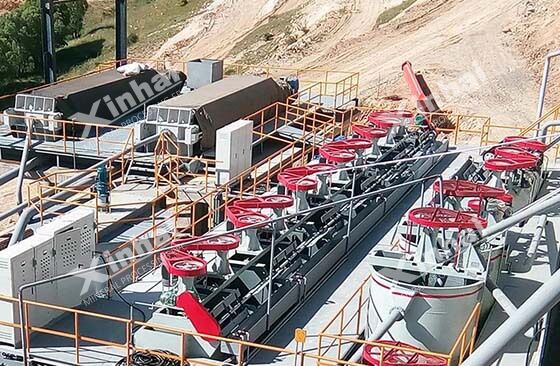
Generally, the flotation method is suitable for the gold-bearing quartz vein ore with fine gold and good floatability, the gold-bearing sulfide ore with various valuable metals (such as copper, lead, and zinc), and the gold-bearing ore with graphite.
The selection of the flotation process is usually determined by the gold ore nature, specification, and requirements of the product. Because the flotation method can only concentrate the gold in various sulfide mineral concentrates as far as possible, and cannot finally obtain the finished gold, many gold concentrators usually adopt a combined gold extraction process that is composed of the flotation method and other mineral processing processes.
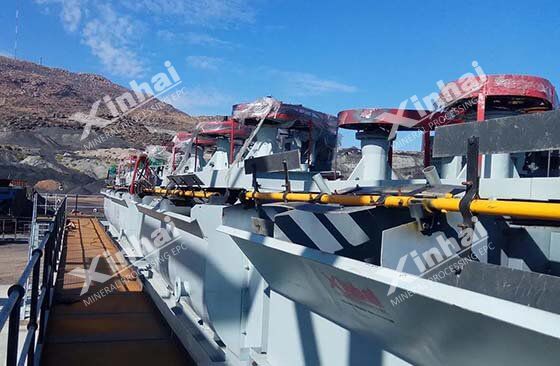
The common gold flotation process flows are as follows:
A small amount of concentrate is obtained from the gold-bearing quartz vein sulfide ore by flotation process and then sent to cyanide treatment. Compared with the all-slime cyanidation process, the flotation concentrate cyanidation process does not require fine grinding of all ores and has the advantages of less power consumption, small plant area, and less capital investment.
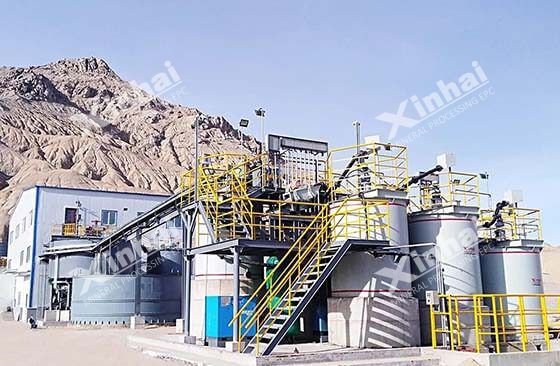
This process is commonly used to treat the insoluble gold-arsenic ore, gold-zinc ore, and gold-pyrite ore with, particularly high sulfide content. The purpose of roasting is to remove the harmful arsenic, antimony, and other elements in the cyanide process.
The vast majority of gold-bearing polymetallic sulfide ores are separated by this process. In the flotation process, the gold enters the copper concentrate or lead concentrate that is closely associated with the gold, and the products are copper-gold concentrate or lead-gold concentrate. Then, the copper-gold concentrate and lead-gold concentrate obtained by the flotation process are sent to the smelter, and the gold is recovered in the smelting process.
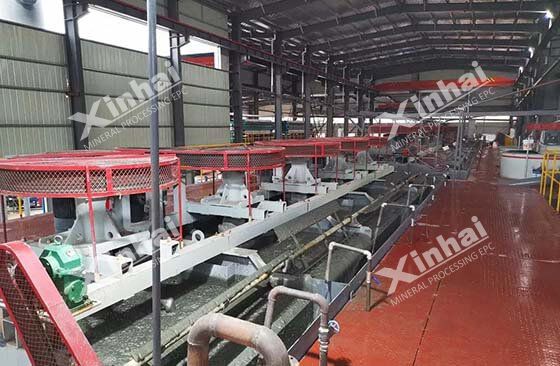
This process is suitable for the gold quartz-sulfide ore of gold telluride, pyrrhotite, chalcopyrite, and another sulfide mineral, auriferous pyrite, and pyrrhotite. The easy-to-float gold sulfide in the ore is first produced as the concentrate, then the gold and silver ore in the exposed sulfide ore or telluride adopt the roasting then cyanide. Besides, the cyanide treatment is also needed because the middling ore and tailings usually contain high gold and silver after the flotation process.
When the gold associated with sulfide minerals cannot be completely recovered by cyanide, the flotation process can be adopted after the cyanide process, which greatly improves the gold recovering rate.
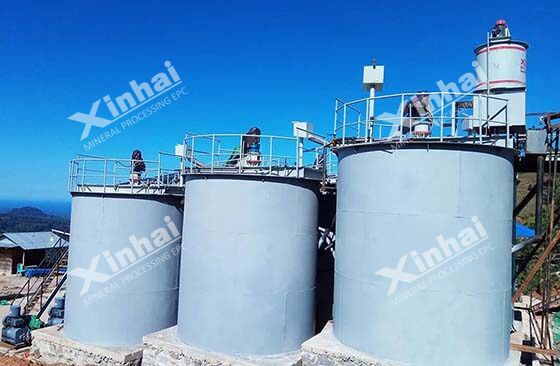
In the production, the gold extraction processes depend on the occurrence state and disseminated features of gold and other valuable components in the ore, as well as the reserve scale of the deposit, the conditions of plant construction, and the investment budget.
Each kind of gold-bearing ore has its own characteristics, the gold extraction methods are also different even in the same deposit. Therefore, it is suggested to determine the scientific and reasonable gold flotation process through the mineral processing test.
To find out more about our products and solutions, please fill out the form below and one of our experts will get back to you shortly.